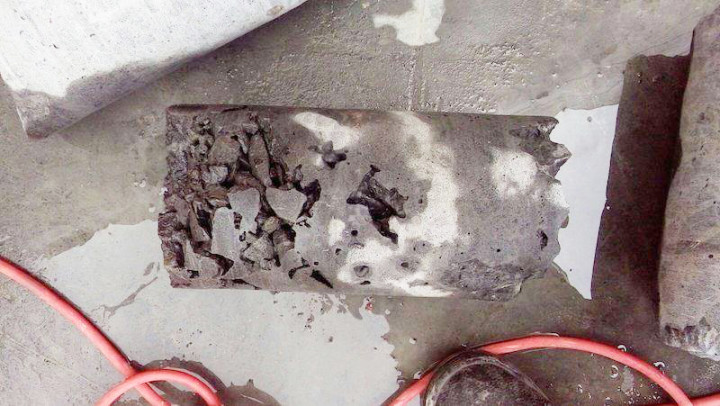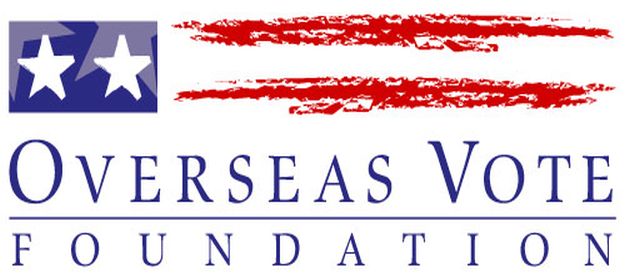
New cracks in the new locks as the ACP looks for new revenue sources
by Eric Jackson
La Estrella’s Adelita de Coriat, having obtained a memo by a consulting firm for the GUPC consortium that’s building the new Panama Canal locks, reports that two new sets of cracks have been found in the new Cocoli Locks. One of the new problems is a previously unreported and allegedly unrelated fissure in the number three Pacific Locks sill, and now we are told of a “thinner” crack in the number two locks sill, in about the same part of the structure as the one initially discovered in the number three sill this past August.
The memo that forms the core of La Estrella’s story, by the US-British-Dutch consulting consortium of MHW, Iv-Groep and Tetra Tech, cites the two previously undisclosed cracks and GUPC claims that the “new” problem in sill three is unrelated to the one that became apparent when water began leaking during testing in August. Don’t worry, GUPC assures us — the problems only appeared when the locks were subjected to water pressures greater than they will have to withstand during normal use of the locks. (Resistance to a possible earthquake along the Pedro Miguel Fault that runs near the locks? They don’t get into that.) La Estrella also quotes Panama Canal Authority (ACP) exec Jorge De La Guardia and independent civil engineer Humberto Reynolds, with the former reiterating the GUPC’s original claim that the problem is a design flaw and the latter noting the legal consequences of a design flaw claim, wherein GUPC might be suing a design subcontractor for redress. But if the ACP has received the GUPC formal report on the problem with its recommendations for a solution, the press and public have not been privy to that. Informally the GUPC has been saying since early on that the problem is a design flaw and that the solution is the injection of cement into the cracks and insertion of more rebar rods into the structure. That would be a relatively cheap and quick fix. The ACP, while avoiding taking a hard and fast official position, has responded with silence from canal administrator Jorge L. Quijano but statements from lower level canal managers accepting the GUPC’s diagnosis and its idea of a fix.
Any conventional building inspection take on those core samples from the problematic sill number three, however, would whether or not there is a design problem identify a faulty concrete pour that results in a honeycombed structure that can’t properly hold water. Any fix less than tearing out the bad concrete and pouring it anew would be substandard and unlikely to last as long as a proper repair. But that would be quite expensive and time-consuming, especially now that problems have been found in a second sill upon which locks gates slide. Those sorts of delays and added costs would also aggravate business, political and public relations problems that the ACP has independent of the cracks in the new locks.
The PanCanal problem of the moment as reported in the international shipping press has to do with long delays — up to 10 days — for ships waiting to transit the waterway. Part of that appears to be related to some regular maintenance on the Pedro Miguel Locks that people who work for the ACP have told The Panama News has not gone well. The ACP says that to address the problem non-urgent maintenance is being put off, the tugboat crews, pilots, line handlers and mule operators will be working extra hours and there will be booking changes to discourage certain sorts of ships (those under 300 feet long and those that regularly show up at certain intervals without special reservations) from coming through Panama at this time.
The Panama Canal has financial problems that go back to the conception and referendum campaign for the canal expansion, events before Quijano’s shift as administrator. The expansion was predicated on a ludicrous on its face projection in canal usage — the ACP was essentially telling Panamanians that the United States would export all of its industrial production to China and still be a vibrant consumer society that would import a steadily increasing volume of Chinese goods. Any journalist who questioned that was blacklisted by the ACP, but it never got to that point with most of the corporate mainstream news organizations, whose managements were bribed into credulity by huge advertising purchases at public expense by the “yes” campaign. In any case the usage projections, and the associated revenue plan for the canal expansion, were quickly proven wrong. The income shortfall was met by raising canal tolls. However, the higher tolls drove many shippers to other routes, particularly those between East Asia and Atlantic ports opting for the Suez Canal instead of Panama.
The Panama Canal is in financial pain and this problem is not just short-term. To address it the ACP is looking at non-canal businesses such as a new port in the Corozal and Diablo area, a fossil fuel power plant and an oil and gas pipeline. At the same time, ACP revenues are being looked at to address other national problems such as an anticipated shortage in the Seguro Social retirement fund. It becomes a set of political problems due to public institutions upon whose turfs the ACP would tread, private businesses that don’t want new competition and politicians who would rather not see government revenues flow away from their easy reach into an expanded Panama Canal Authority. When the Varela administration submitted the ACP’s proposal for the Corozal-Diablo port to the legislature earlier this year, it only got one supporting vote in the National Assembly’s Public Infrastructure and Canal Affairs Committee.
As has so often been the case, supporting the Panama Canal administration’s request has been promoted as something akin to a matter of patriotism. Why part of the nation’s ports regulation and management scheme should pass from the Panama Maritime Authority to the ACP, and why canal pilots’ warnings that a port in the proposed place would be a navigation hazard are invalid, might be questions treated as beside the point were it, say, 2006. But nearly a decade later the claims of ACP management genius have worn thin and scandals are eating away at the authority’s reputation. The presence on the ACP board of one Nicolás Corione Pérez Balladares, a construction executive and alleged fixer in a huge bribery and kickback scheme for the construction and renovation of Panama’s courthouses, does not help. Nor do the lowball bid and inherent familial conflict of interest — the winning bidder included a company owned by the family of the canal administrator at the time — that have Panama dealing with the GUPC consortium in the first place. Panamanians may not get an accounting from ACP management, but also may be less willing to hand out blank checks.











